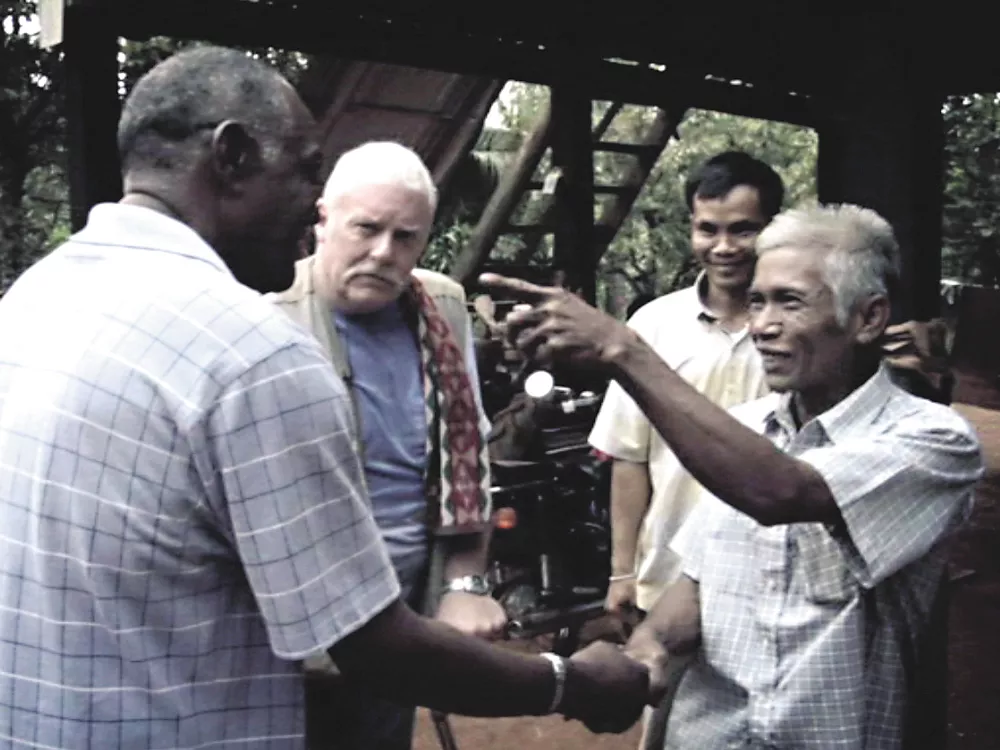On Nov. 9, 1967, a black Army private named McKinley Nolan ran into the jungles of Vietnam and disappeared. No one is exactly sure what happened next. No one is sure whether he was a traitor or a thief. He may have been a prisoner of war or a communist propagandist. He may have been neither.
A new documentary digs into the past, looking for the man (or his remains) but dredges up mostly mystery.
Old CIA reports say Nolan went native. That he took a Cambodian wife and fathered Cambodian-American children. People say he was raiding U.S. supplies and selling them on the black market. Vietnamese villagers tell stories about how, after being caught stealing, Nolan killed two or three military police with his bare hands, then fled, meeting up with the Viet Cong. At some point, he fled further, to Cambodia. There have been several reports of his death, but no one has seen a body. A spy plane once took a picture of his house, or what is thought to be his house.
If McKinley Nolan didn’t die in Cambodia in 1974, 1975 or 1977 — reports differ — along with 1.7 million others slaughtered by the Khmer Rouge, he may be still alive. At least one man, Lt. Dan Smith — on a pilgrimage to free himself from the demons of his own tour — saw a tall black American amongst the Vietnamese in 2006. When Smith asked his guide the man’s name, the guide responded: “McKeenlee.”
The Disappearance of McKinley Nolan tells these stories but is not directly about them. It is about the way stories have affected Nolan’s family — a brother (Michael Nolan), a son, his American wife — and the way they affect Smith.
Director Henry Corra joins Michael and Smith on a trip to Vietnam, where each man hopes to find McKinley or find his grave. Find closure, at any rate.
Because the film is short and because it is awash in powerful moments of visual lyricism, it plays out less like a documentary than a prose poem to seeking and not finding.
Because time has blown clean most of the tracks Nolan made, the film is less an account of history than a decoding of legend. As with most enduring legends, the lack of clear facts allows each person to write their own truths into the tale.
The truest of the truths offered up here — the thing that works its way up under your sternum, between heart and gut — is the yearning we feel when a loved one is lost and not found, and the way hope can twist, over decades, into the kind of grief that defines a lifetime.

